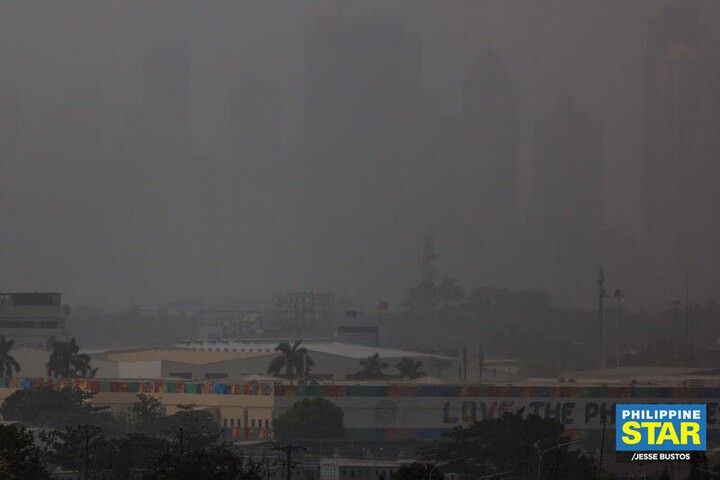DA forms climate change panel

MANILA, Philippines — A climate change panel has been formed by the Department of Agriculture (DA) amid La Niña’s expected damage to the agriculture sector.
The climate resilient agriculture steering committee is tasked with providing strategic direction in mobilizing DA resources to address climate change.
“In exigency of service, the mainstreaming, integrating and implementing of climate-related policies, plans, projects and activities in our department shall be operationalized as a strategic approach to strengthen our climate resilience efforts, manage the risk of climate-related disasters and contribute to the stability of food supply and prices,” said Agriculture Secretary Francisco Tiu Laurel Jr.
Tiu Laurel issued Special Order No. 703 to operationalize the DA Climate Resilient Agriculture Office, appointing Agriculture Undersecretary for policy, planning and regulations Asis Perez as head of the CRAO.
The committee would harmonize climate action in all DA operating units, including the application of digital technology, Tiu Laurel noted.
It is also authorized to monitor sector-wide climate action planning, he added.
“The CRAO may engage the services of science and technical experts who will form its pool of climate science experts, as may be required in the performance of the office’s role and functions, including the conduct of strategic policy and planning studies,” he said.
The DA is preparing for the worst-case scenario, especially in areas previously hit by La Niña, said Agriculture Assistant Secretary and spokesman Arnel de Mesa.
“Just like what we did during El Niño, we prepared for the worst. The Philippine Atmospheric, Geophysical and Astronomical Services Administration (PAGASA) said that we will have a moderate El Niño but it said that there is a chance it will become strong to severe, so we prepared for the worst,” he said.
Around 120,000 hectares of plantations are expected to be affected in the worst-case scenario, he noted.
“So far, only half of our projected number of hectares were damaged. It’s a good preparatory procedure that we implemented,” he added.
De Mesa said based on PAGASA’s projection, the country will be hit by La Niña in the last quarter of the year.
“We are already preparing because, in the past, strong typhoons were already experienced as early as August. So number one that is being readied are irrigation systems,” he said.
The DA is coordinating with the National Irrigation Administration to ensure that irrigation systems are prepared.
Efforts are also being made to address possible flooding in case dams overflow.
“Small (water) impounding projects are ongoing and a big budget was allocated this year to implement this,” De Mesa said.
Based on historical data, areas severely affected by La Niña are those on the eastern side of the country, he noted.
“For El Niño, those affected were in the western side. For La Niña, normally, it is the eastern side: Cagayan, Bicol, Eastern Visayas and Eastern Mindanao. These are the potential areas that will be severely hit by La Niña,” he said.
Typhoon damage to the agriculture sector could reach between 500,000 and 600,000 metric tons during a normal year, De Mesa said.
Despite La Niña’s threat, the DA expects total rice production of more than 20 million MT, he maintained.
“Our original projected output this year was 20.8 million MT. We reduced it to 20.4 million MT because of expected losses. We can still reach 20 million MT, which is a similar or a little over our projection,” he said.
El Niño’s agricultural damage was only 134,000 MT compared to the projected 250,000 MT of losses covering 120,000 hectares, he noted. It also reached P6.3 billion, he said.
“Hopefully, we will not reach this (projection of 250,000 MT) as El Niiño is about to end. For La Niña, our worst (projection) is between 500,000 to 600,000 MT (of losses),” De Mesa said.
- Latest
- Trending































